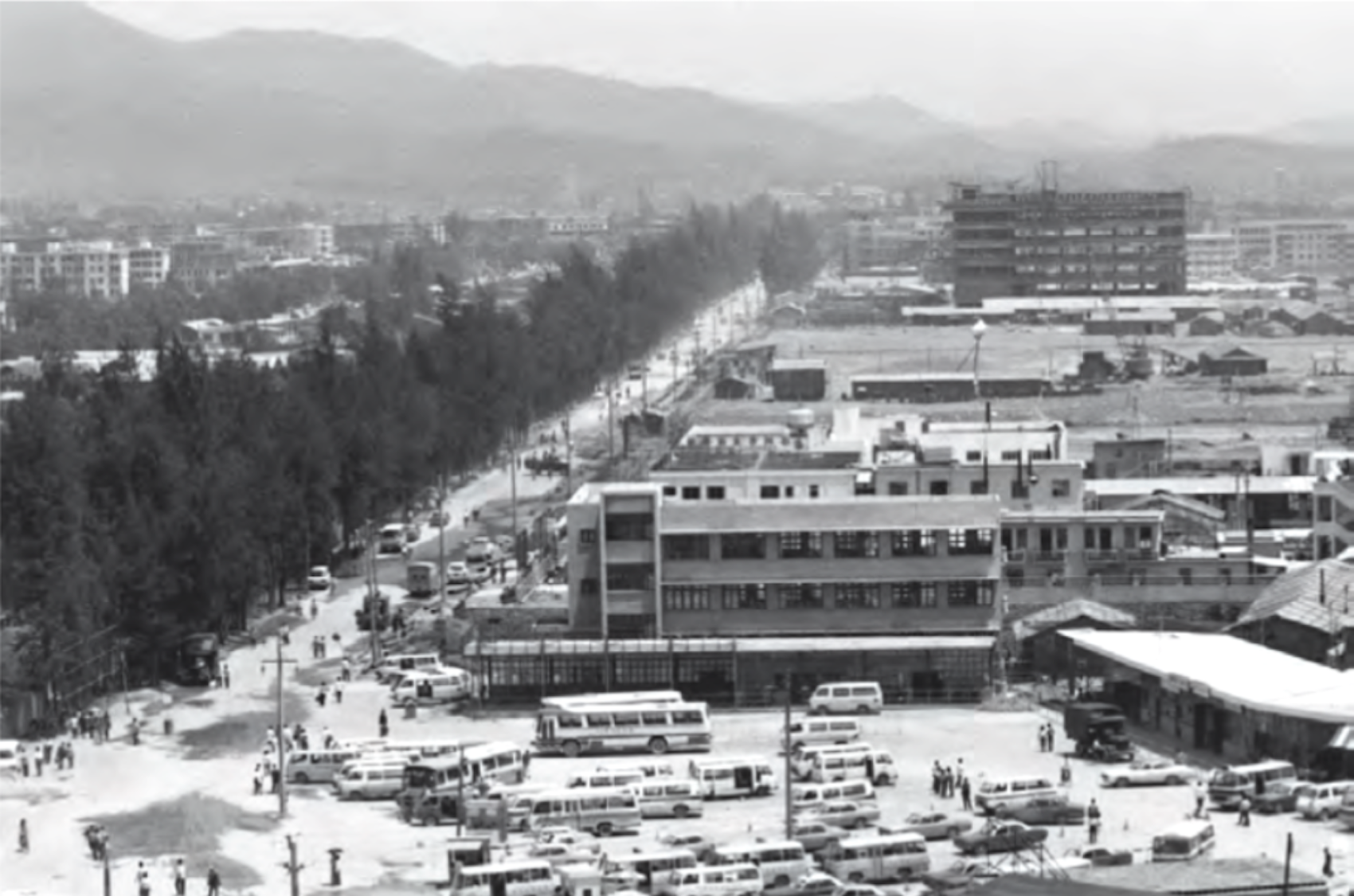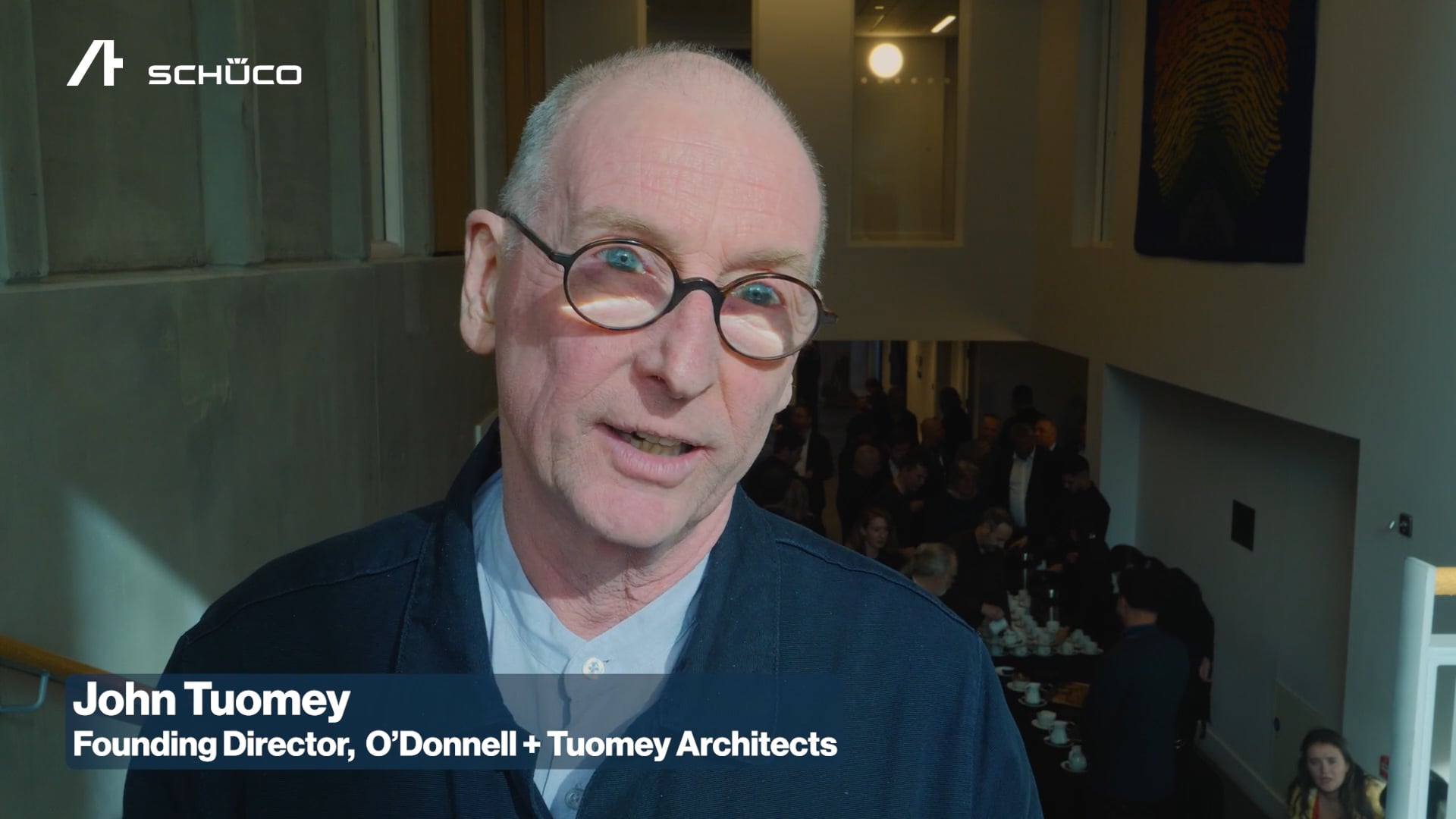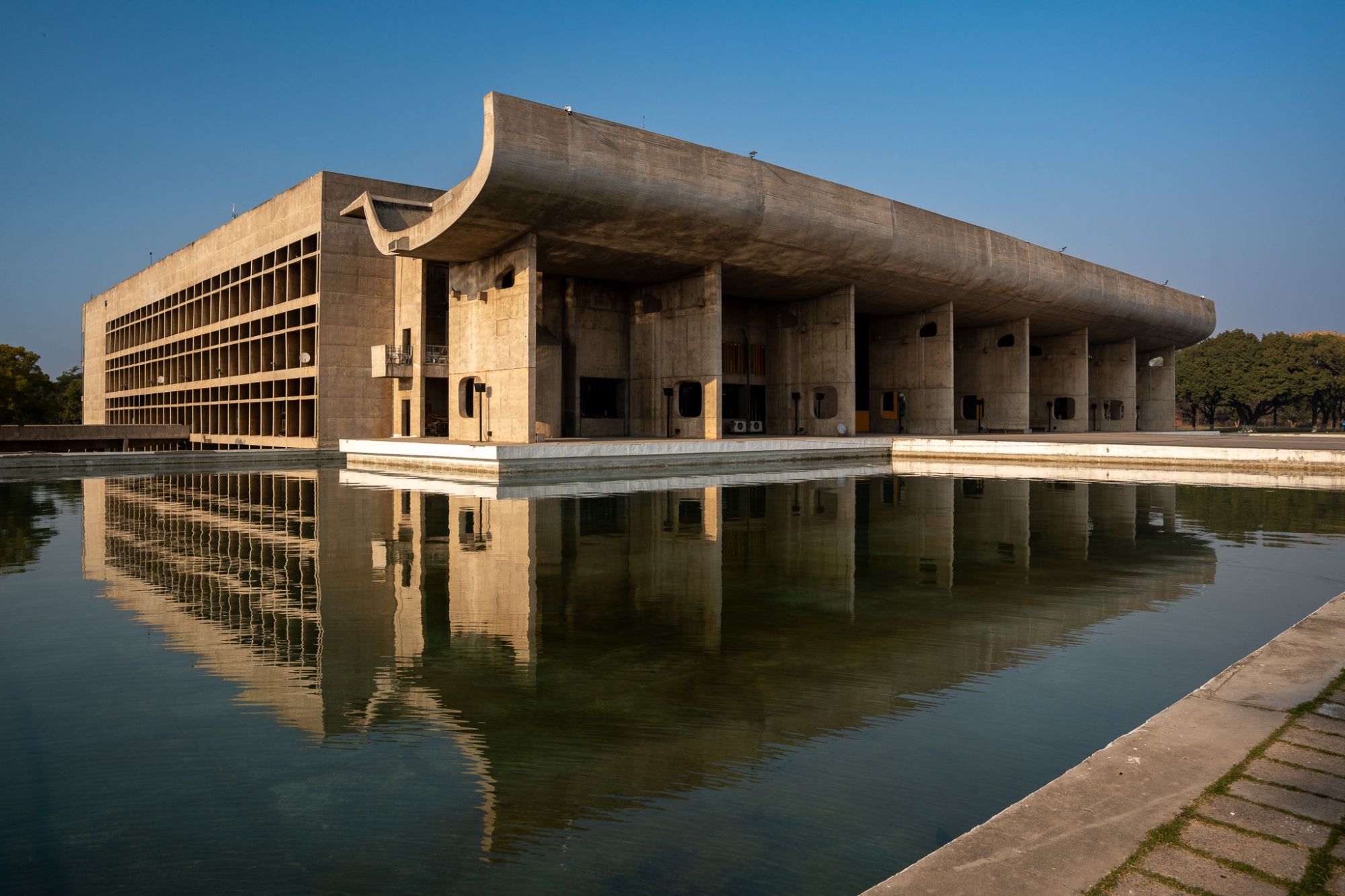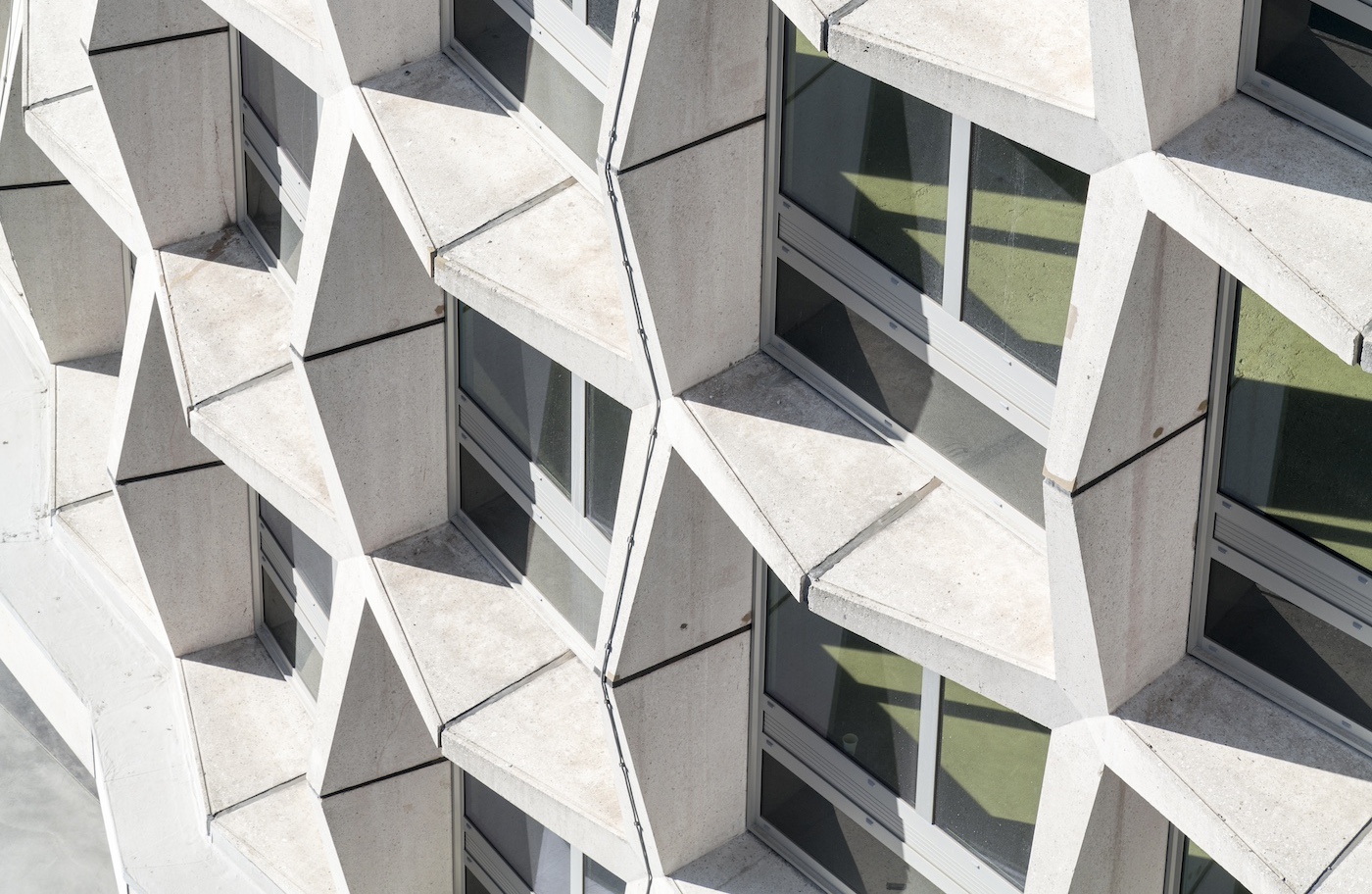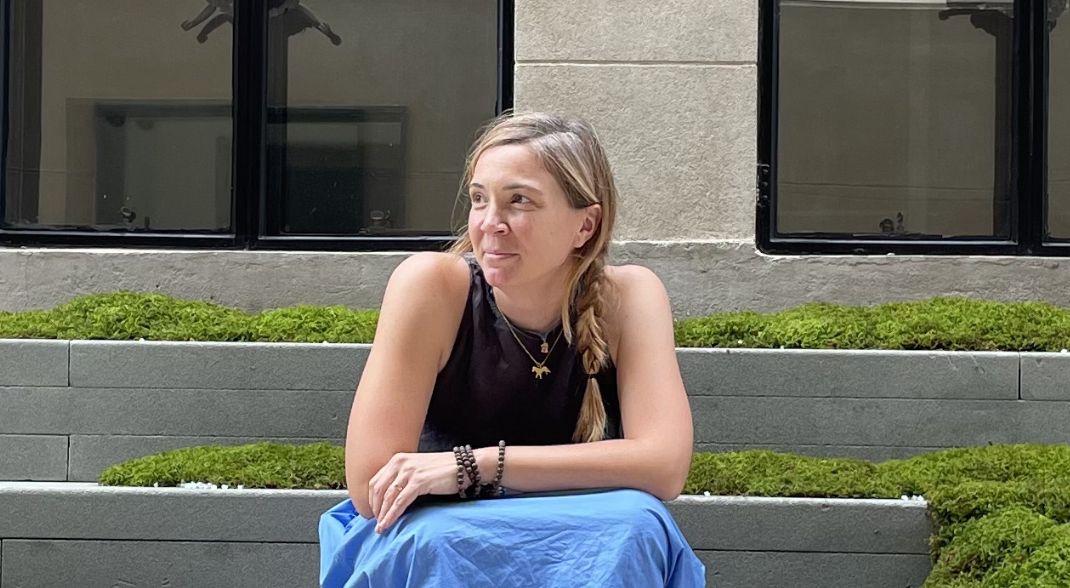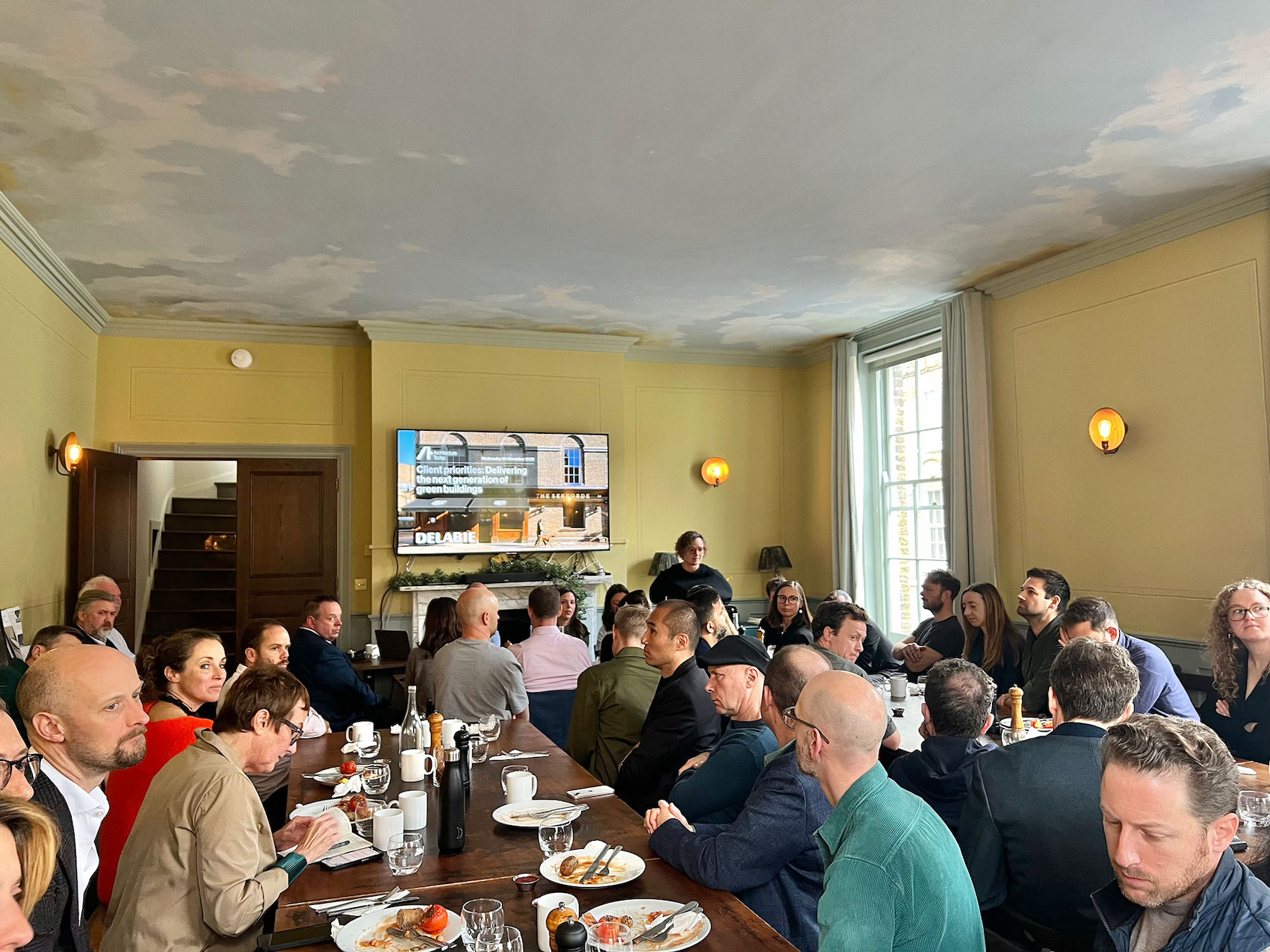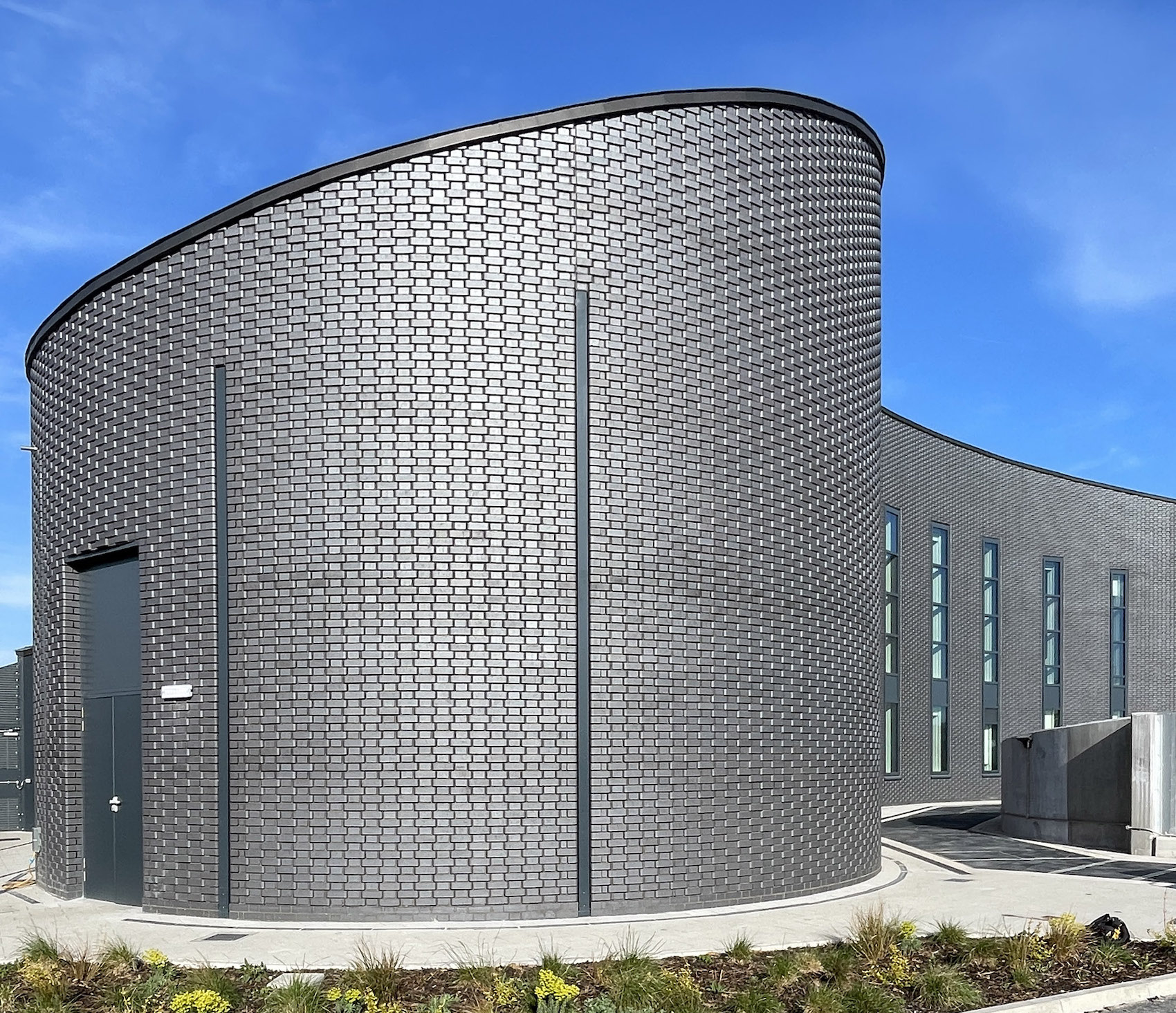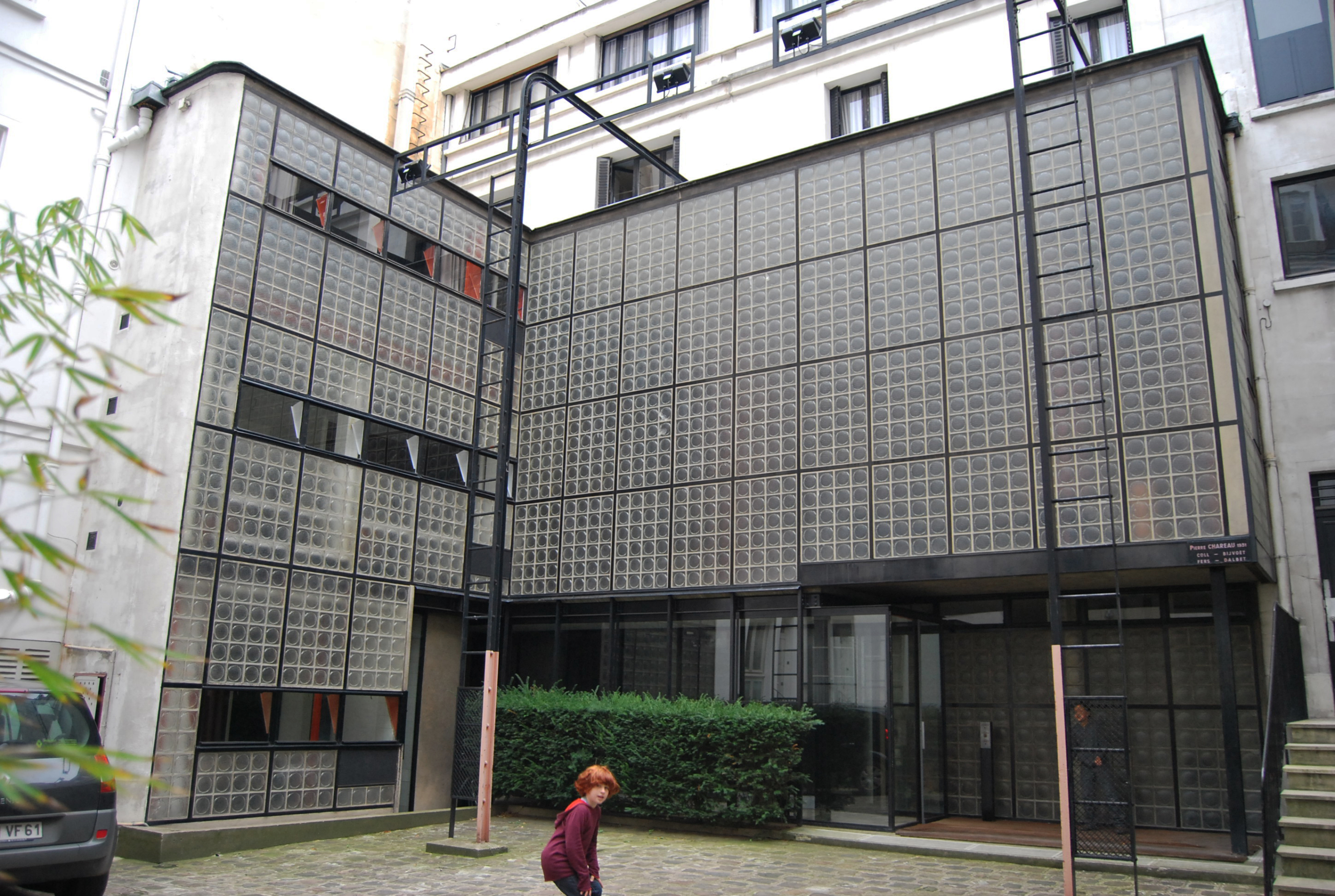
With a population only slightly larger than my own London Borough of Wandsworth, Iceland has made a disproportionate contribution to the world. Its people have excelled at endeavours such as film-making, music, art, photography, fishing, sheep-dung-smoked fish production, aluminium smelting, vegetable and flower growing, and of course banking and driving up glaciers in 4x4s with flat tyres.
There was even a scheme (though I’m not sure if it was ever implemented) to fill oil tankers with water from the country’s celebrated hot springs and ship it to Europe in the winter. When transported in sufficient quantity the water temperature would drop only a few degrees in a week’s sea voyage. In fact, there are few boilers of any kind in Reykjavik. Hot water from below ground is sent through a massive pipeline to heat every house before passing under the city pavements to prevent them freezing during the endless winter nights.
The landscape around the city, with raw volcanic rock crusting up everywhere, huge scree-covered mountains and the general absence of trees, reminds you how recently it was formed. On days of stillness this is the place to contemplate questions of existence. Although apparently hearing only two sounds (his blood and his nerves) in an anechoic chamber, John Cage was probably in just such a landscape when he reported hearing the single sound of his own being.
Since 1992 I have visited Reykjavik five or six times to photograph the work of Studio Granda, the husband and wife team who won the Reykjavik City Hall competition shortly after finishing their studies at the Architectural Association. This dream project came with death threats and hate mail as the building was to sit partly in the city’s sacred lake, but they succeeded in making a finely crafted concrete building with interior detail and carpentry work to match. It reminds me in many ways of the Berkeley Library at Trinity College Dublin, designed by Ahrends Burton Koralek, imaginative and fearless in their youth. Studio Granda has added other major public buildings to its archive since: a new Supreme Court and City Art Gallery, several motorway and pedestrian bridges, and a beautifully rough shopping centre car park.
For a photographer, working in Reykjavik is both a challenge and a delight. The weather is fierce and highly unpredictable. At the beginning of my first visit I had been working in dull cloud or rain for days, but one morning was woken suddenly by the sun streaming in through the hotel window onto my face. By the time I had scrambled to the City Hall, it had gone. That night it began to get dark around 11pm but a dusky light persisted until about 1am. Then the sky began clearing and brightening, promising an interesting sunrise and a sunny day – naturally I continued to work. By about 3am the city’s bars were closing and a big old Pontiac Catalina drew up, overloaded with clubbers who proceed to wade into the lake and splash about in front of the camera. At around 4am, just as the sun should have appeared, clouds rolled in again. The idea that the light could keep me up for 24 hours was completely novel, though it suggested some discipline would be required to manage life in this extreme place.
As someone who grew up in Calvinist South Africa, it is not only Iceland’s religious leanings that seem familiar to me. Many of the older buildings in Reykjavik are clad in that recognisable colonial material, corrugated iron. The revival of the charming central district means that many of these buildings, often richly painted, have been restored and occupied, unlike the boom-fuelled speculative housing that now spreads around the city.
The north-south, cold-hot, sober-exuberant divide in European sensibility is well exemplified here, though the Icelanders (perhaps in an attempt to manage the testing extremes) can be all these things at different times. They can be sober and circumspect by day but invite them to a party and, after checking whether they are related to anyone they don’t recognise (which they generally are), they will drink like fiends, mixing spirits with frightening enthusiasm.
Dennis Gilbert is an architectural photographer whose work features in the book Statues of London, published this month by Merrell
AT198/May 09 p88



